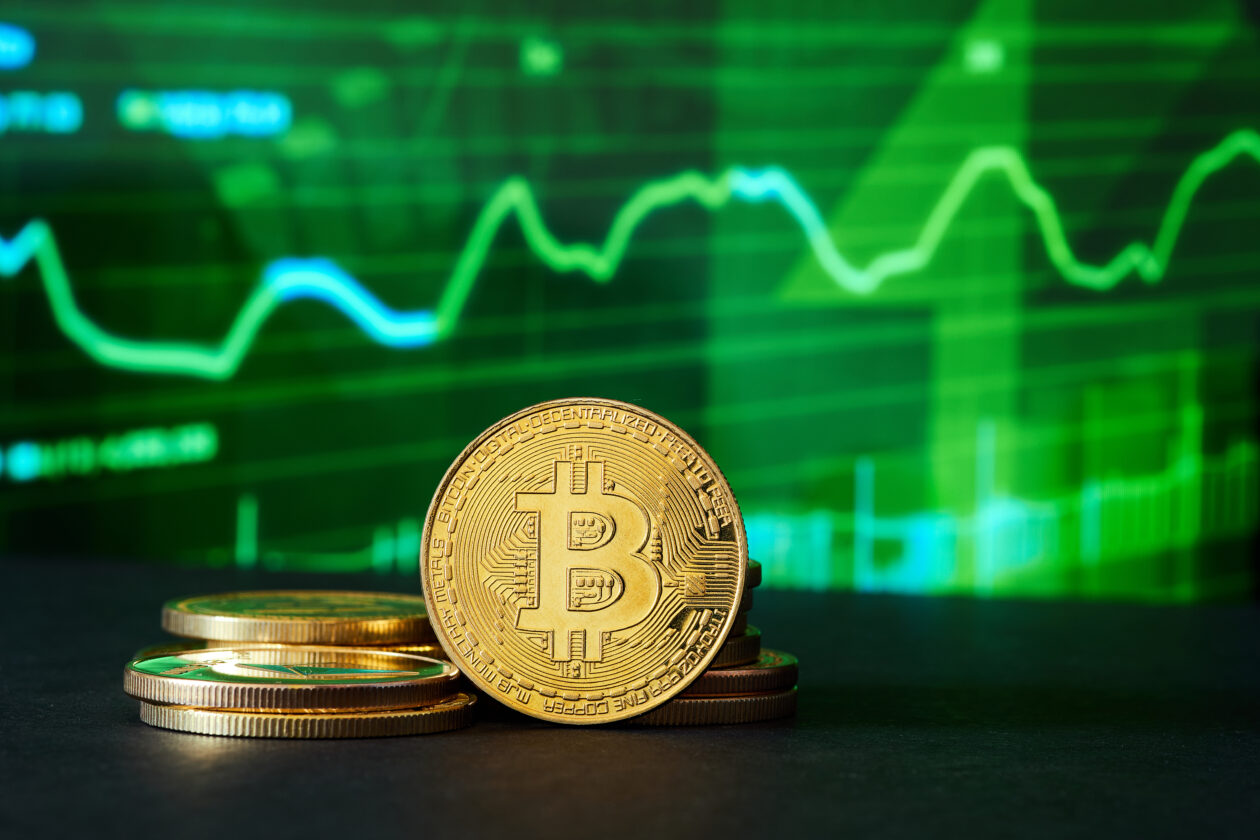Bitcoin rose above US$26,500 on Friday afternoon in Asia. Ether and all other top 10 non-stablecoin cryptocurrencies gained, except BNB, the native token of world’s largest crypto exchange Binance. Tron and Toncoin led gains.
See related article: Binance.US CEO calls it quits amid major layoffs
Crypto market extends gains
Bitcoin rose 0.87% to US$26,569 in 24 hours to 4 p.m. in Hong Kong, and gained 1.24% on the week, according to CoinMarketCap data. The world’s largest cryptocurrency’s market capitalization gained 1.46% to US$519.22 billion, while volume dropped 8.81%.
“We may be on the verge of witnessing a significant price surge. I believe that Bitcoin could rise to US$28,660. With the continuous evolution of the cryptocurrency market, it’s not surprising that all eyes may turn toward Bitcoin’s ascent to the US$28,660 level,” said Rania Gule, market analyst at multi-asset brokerage firm XS.com.
“However, while Bitcoin’s price is showing signs of upward strength, the overall trend on the price chart remains bearish as long as the price remains below the resistance level of US$29,500. Unless this trend reverses, a significant upward movement for Bitcoin is unlikely,” Gule said in an emailed statement on Friday.
Ether, the second biggest cryptocurrency in the world, also gained 0.42% to US$1,627, but is still down 1.08% on the week.
Tron gained the most, rising 3.4% to US$0.08395 in the past 24 hours and 6.06% in the last seven days. This was followed by Toncoin that strengthened 3.1% to US$1.94 and went up 9.15% on the week.
The crypto market received a boost from news that Deutsche Bank — a German lender that had US$1.4 trillion in total assets at the end of 2022 — will launch custody services for cryptocurrencies and tokenized assets of institutional customers in a partnership with Swiss fintech firm Taurus, according to a Thursday press release.
“As the digital asset space is expected to encompass trillions of dollars of assets, it’s bound to be seen as one of the priorities for investors and corporations alike. As such, custodians must start adapting to support their clients,” Paul Maley, global head of securities services at Deutsche Bank, said in the announcement.
BNB, the native token of largest crypto exchange Binance, was the only one to post losses, dropping 0.03% to US$212 in the past 24 hours, bringing its weekly losses to 2.23%. Brian Shroder, the chief executive officer of Binance U.S., left the company as it laid off one-third of its staff, or over 100 employees. The downsizing is expected to provide Binance.US more than seven years of financial runway. Binance U.S. has also been dealing with growing regulatory pressures in the U.S. and was sued by the Securities and Exchange Commission for allegedly breaching securities mandate.
The total crypto market capitalization rose 0.76% to US$1.05 trillion while market volume dropped 4.18% to US$26.72 billion in the past 24 hours.
NFT market drops
The Forkast 500 NFT index dropped 0.03% to 2,041.62 in 24 hours to 7 p.m. in Hong Kong, bringing its weekly losses to 4.49%.
Forkast’s Ethereum index also dropped while Solana and Polygon indexes rose.
Total NFT sales volume declined 13.48% to US$12.06 million, while NFT buying volumes increased 5.93% to US$48,312, according to CryptoSlam data.
Among blockchains, the Ethereum network topped rankings although it dropped 21.03% to US$5.93 million in the past 24 hours. Mythos and Polygon blockchains ranked second and third respectively.
Mythos-based DMarket topped rankings among collections, but dropped 1.07% to US$1.38 million.
The SEC has imposed a fine of US$1 million on the makers of Stoner Cats 2 NFTs and its accompanying web series on charges of offering and selling unregistered securities as NFTs.
Stoner Cats 2 has accepted the regulator’s cease-and-desist order and agreed to the US$1 million civil penalty.
Asian markets, U.S. stock futures trade mixed; European bourses gain
Major Asian markets were mixed on Friday. China’s Shanghai Composite and Shenzhen Component Index dropped. South Korea’s Kospi, Hong Kong’s Hang Seng, and Japan’s Nikkei 225 strengthened at the end of trading hours.
China’s August industrial production rose 4.5% year-on-year, compared to a 3.7% increase in July and beating expectations of 3.9%. This was also the strongest expansion in industrial output since April, after the world’s second largest economy announced a slew of measures to boost economic recovery. Meanwhile, China’s retail sales grew by 4.6% in August on year, compared to market expectations of a 3% growth.
On Thursday, China’s central bank announced a 25 basis point reduction in the reserve requirement ratio – the amount of cash lenders must hold in reserve – for the second time this year. This does not apply to those that have already implemented a 5% reserve ratio.
“Despite signs of stabilization in manufacturing and related investment, the deteriorating property investment will continue to pressure economic growth,” said Gary Ng, Natixis Asia Pacific senior economist, according to a Reuters report.
U.S. stock futures were mixed as of 7.30 p.m. in Hong Kong on Friday. The Dow Jones Industrial Average futures and the S&P 500 futures gained, while the Nasdaq 100 Futures dropped.
U.S. August retail sales rose 0.6% on month, above analysts’ expectation of 0.2%.
However, the unexpected retail sales growth was largely due to the surge in oil prices, as receipts at gasoline stations gained 5.2% on the month. With gasoline excluded, retail sales edged up 0.2% in August, decelerating from 0.5% in July and among the weakest readings this year, according to Bloomberg on Thursday.
European bourses gained on Friday afternoon in Europe with the benchmark STOXX 600 and Germany’s DAX 40 rising. The European Central Bank increased interest rates by 25 basis points on Thursday to a record 4%, marking the 10th consecutive hike. The central bank has been fighting to bring inflation back to a 2% target level.
(updates with equity section.)

